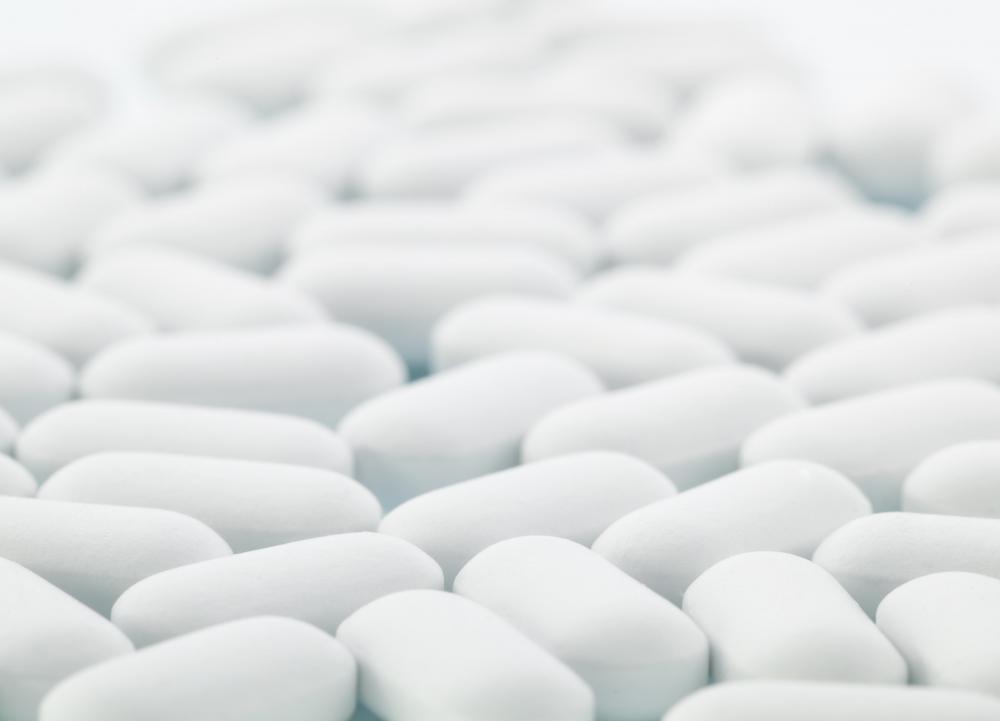At WiseGEEK, we're committed to delivering accurate, trustworthy information. Our expert-authored content is rigorously fact-checked and sourced from credible authorities. Discover how we uphold the highest standards in providing you with reliable knowledge.
What is Bioequivalence?
Bioequivalence is a standard generic medications are required to meet before they can be released on the market. When medications are bioequivalent, they are regarded as functionally the same. A brand name and a generic should have the same effects, with very minor variations. When companies prepare generic drugs for release, the drugs are reviewed for bioequivalence by a regulatory agency and, like brand name drugs, they can later be pulled from the market if they are unsafe or if additional research shows they are not actually bioequivalent.
For the bioequivalence standard to be met, the active ingredient in a drug may be absorbed into the body in the same dosage and at the same rate as the medication it is being compared to. This can be harder than it sounds. Two drugs with the same active ingredient can be absorbed differently, depending on the inactive ingredients involved in their production. Using different coatings, fillings, and other ingredients can change the way the medication is absorbed and all of these details must be tweaked before the drug enters testing.

For convenience, bioequivalent medications must be packaged in the same formats and doses. If a drug is available in oral tablets, for example, oral tablets will be used to make a bioequivalent version, and the available sizes will be identical. This is designed to ensure that prescriptions can be easily interchanged without risks for the patient. If a patient is prescribed a five milligram tablet to be taken twice daily, any bioequivalent medication can be safely used to fill the prescription.

When the bioequivalence standard is met, it means that the generic formulation is as safe and effective as the brand name. It acts in the same way on the body and can be used interchangeably and identically. However, there can be small variations between medications because of inactive ingredients. One drug may use cornstarch as filler, for example, potentially posing an allergy risk, while another does not. Knowing about these differences is important for people with allergies, as they need to ensure that when a medication is prescribed, they receive it in a safe format.

If testing demonstrates that a drug is not bioequivalent, it will need to be reformulated and tested again for bioequivalence. This can be costly and is avoided, if possible, by taking careful steps throughout development and early testing. Bioequivalent generic drugs are cheaper than brand name formulations because their manufacturers do not need to invest in clinical trials to test the safety and efficacy of the active ingredient, as this has already been done.
AS FEATURED ON:
AS FEATURED ON:
















Discussion Comments
I was recently (unknowingly) switched from one generic drug to another and it had very severe side effects. When I looked into the manufacturer of the new drug I noticed that they state very clearly on their website that their company (River's Edge Pharmaceuticals) "does not claim bio-equivalence of its product(s) to other brand(s) unless explicitly noted."
Everything I can find online about bio-equivalence makes this sound illegal? Is there a way to prove if my reaction was merely an allergy or if it was because the drug was not bio-equivalent? Is there anything I can or should do in response to this?
Post your comments